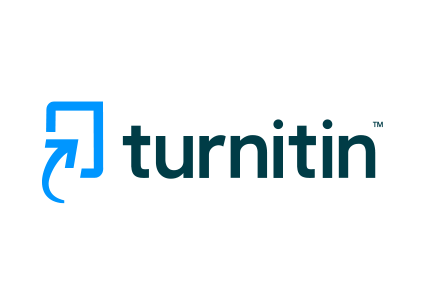The articles shown on this page have all been properly reviewed according to the Lexicon standards and policies and are accepted to be published in the upcoming issues. However, the articles have no particular publication date yet, until they are officially published on the website in a complete issue or volume.
Copyediting and Production Stages
Volume 12, Number 1, 2025
Currently, there is no article in progress yet.










